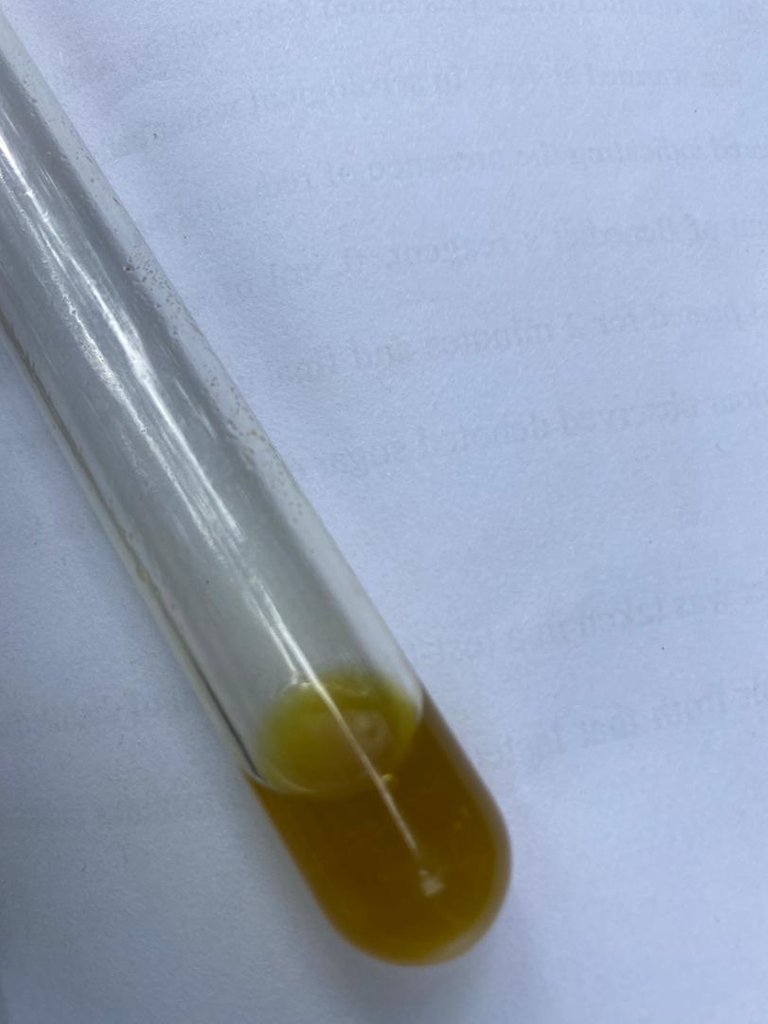Physical and Chemical Properties of Substances

Image designed by me with Canva
As a student of science you’re always confronted with certain terms and words. There are a lot of them we should know and one of the commonest are “physical” and “chemical properties”. These 2 terms are used a lot and in almost everyday that has to do with experiments.
In the laboratories we are asked to observe the physical characteristics or properties of what we are doing and also the chemical properties. But for a lay man or even for us scientists, what are physical and chemical properties?

picture from my gallery showing an example of a physical property of a plant. The color green is a physical property.
A physical property is anything that we can identify and also measure without subjecting it to change. When we do not pass a substance through a reaction, what we observe is the physical property of such a substance. This change has to do with a chemical reaction or a chemical change. You can subject a substance or object through physical stress or change but still have physical properties to observe.
Let’s take water for example. When we look at water we can see that it doesn’t have color. Well that is true for pure water. Pure water is colorless. Same cannot be said for dirty water. Dirty water has some color which is sometimes muddy or even yellow 🤷🏾♂️. When you bring water close to your nose, you smell nothing right? That’s another physical property which is smell. Since you haven’t done anything to the water, it’s a physical property.

picture from my gallery showing a chemical property in a phytochemical screening.
A chemical property on the other hand are properties of substances that are seen after they have been subjected to chemical reactions. Any property that is seen after a chemical reaction is a chemical reaction. Chemical properties need to undergo chemical reactions to exhibit such properties. When this occurs, the property can then be measured.
No chemical reaction is needed to observe a physical property but it is needed to observe a chemical property. An example is effervescence. Effervescence occurs when there’s a chemical reaction. Shape, color, smell, texture or feel are some example of physical properties. Combustion and dissolution are examples of chemical reactions.
One word that goes with chemical property is change. Simply subjecting a substance to a chemical reaction does not mean a property is produced. There are chemical reactions that produce no visible reactions and so instances like that cannot produce chemical properties.
There has to be a change in the substance chemical make up before it can be considered a chemical property. Scientists do not always being about chemical properties or better put, scientists are not always directly involved in the chemical reactions. Some chemical reactions occur naturally as a natural order of life.
Rust is an example of such a situation. We have all seen our nails and other metal rust. Why do our stuff rust? Rust can occur due to water. Yes, water coming into contact with your metals can bring about rust, the reddish brown color you see on your objects after sometime. The presence of oxygen too contributes to this.
References: https://byjus.com/chemistry/difference-between-physical-and-chemical-properties/
Thank you.
Thanks for your contribution to the STEMsocial community. Feel free to join us on discord to get to know the rest of us!
Please consider delegating to the @stemsocial account (85% of the curation rewards are returned).
Thanks for including @stemsocial as a beneficiary, which gives you stronger support.
Thank you.